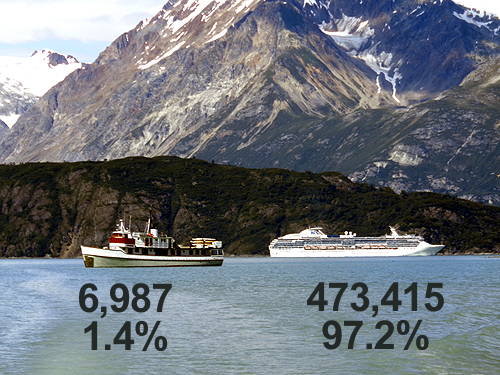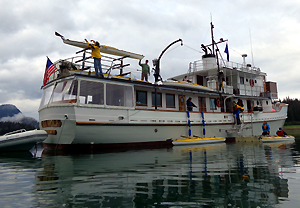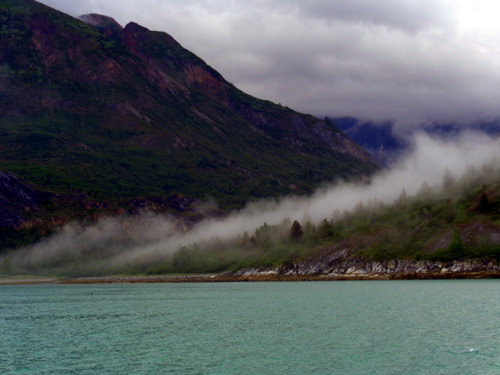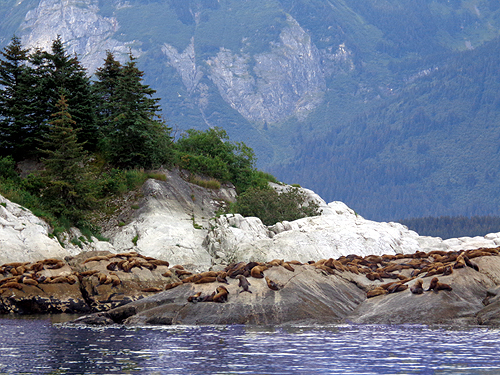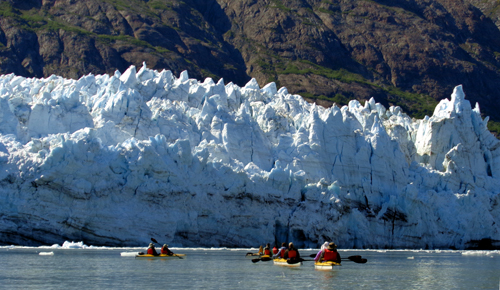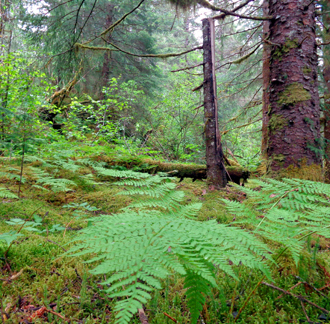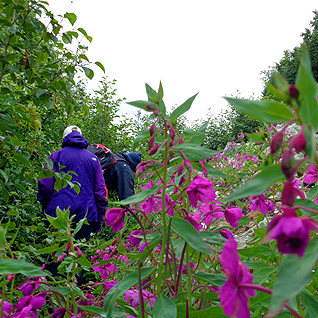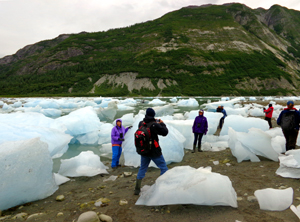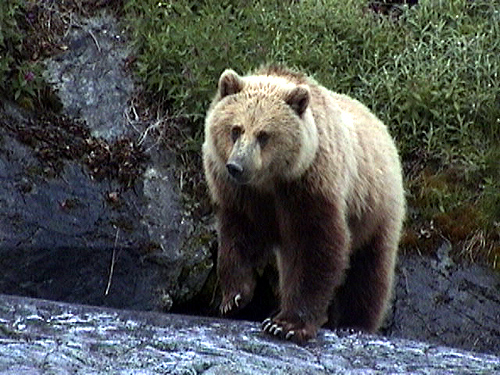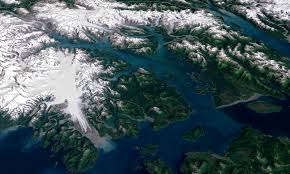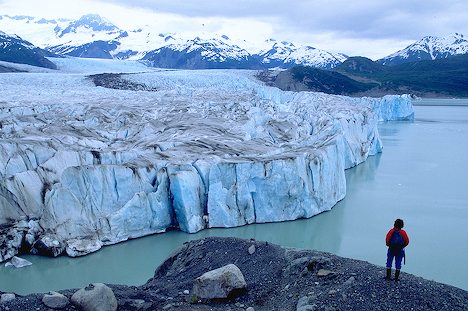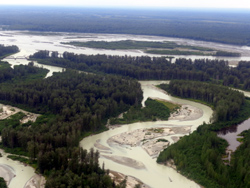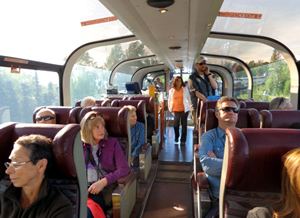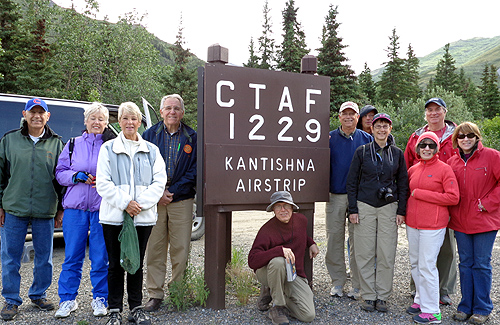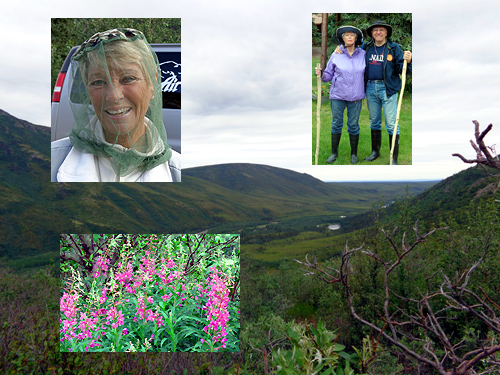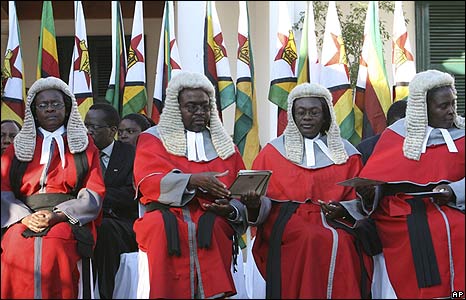
There are a number of contributing factors, but I believe the most significant one is the growing enmity and polarization between Christians and non-Christians, Muslims and non-Muslims.
It’s a horrible object lesson of a global society that just isn’t working, anymore.
Of course increased communications and more global interaction from airlines and so forth contribute to the speed of the current spread. But relative to the previous outbreaks something new and very bad has entered the equation, and I think that’s religious hostility.
Until this outbreak, ebola was confined to a tiny core of central Africa composed of only 4 countries: The Congo, Gabon, Sudan and Uganda.
In all those cases the outbreak occurred in heavily forested, rural “jungle” areas with relatively few people. As soon as health workers arrived on the scene, the outbreak was finally contained. Whenever an infected person arrived in an urban area, immediate hospitalization often led to recovery and further containment.
Those outbreaks experienced a 2/3 fatality rate: more than 1500 people died from a reported 2389 cases.
As of this moment 729 people have died and another 1323 remain hospitalized. This is half of all the previous incidents since 1976, and the epidemic is spreading into developed Liberia, Sierra Leone, Guinea and Nigeria.
This is the first time that ebola once out of the jungle has not been contained.
In more urban than rural areas of Sierra Leone, infected persons are escaping from hospitals and refusing treatment.
Massive police action hasn’t been able to stop widespread street demonstrations against the west and its medicine.
Police shot 9 people in Freetown last week during a protest sparked by a former nurse who told the demonstrators that “Ebola was unreal and a gimmick aimed at carrying out cannibalistic rituals.”
In Liberia, the most developed country of the region, harsh government measures closing public institutions, confiscating bush meat and increasing public health monitoring have been met with angry demonstrations.
Following a burial yesterday grieving crowds hunted down and stoned health care workers.
All of this follows a pattern throughout the “almost developed” world that restarted earlier this year with Pakistan’s much publicized increase in polio. The disease was nearly eradicated, but this year polio has reemerged big time in Pakistan.
There’s little doubt that an insurgent campaign by the Taliban and others to prohibit polio vaccination was motivated in large part to the successful effort to find Osama bin-Laden.
Intelligence inside bin-Laden’s compound was obtained by CIA agents acting as bogus polio vaccination workers.
Additionally, Muslim clerics throughout the troubled parts of the world have started again to claim that western attempts at vaccination are really meant to sterilize Muslims.
That terrifying myth seems to have grown now to encompass the efforts to end ebola.
It’s the same horrible paradigm that provokes seniors in America to support ending medicare, or Texans to ban text book references to slavery, or coastal Floridians to vote down shoring up their communities in the advent of global warming, or Georgians to ban immigrants who are the only ones who harvest their peaches.
It’s denial of the truth with actions against one’s own self-interests.
Done with the certainty and conviction of religion, a first principal that will not be compromised.
There is little ideology or religion in Africa’s deep jungles. Survival trumps everything and superstition while intense has never seemed to work terribly against the people who adopted it.
But when superstition in the bush becomes religion in the city, then all hell breaks loose.
